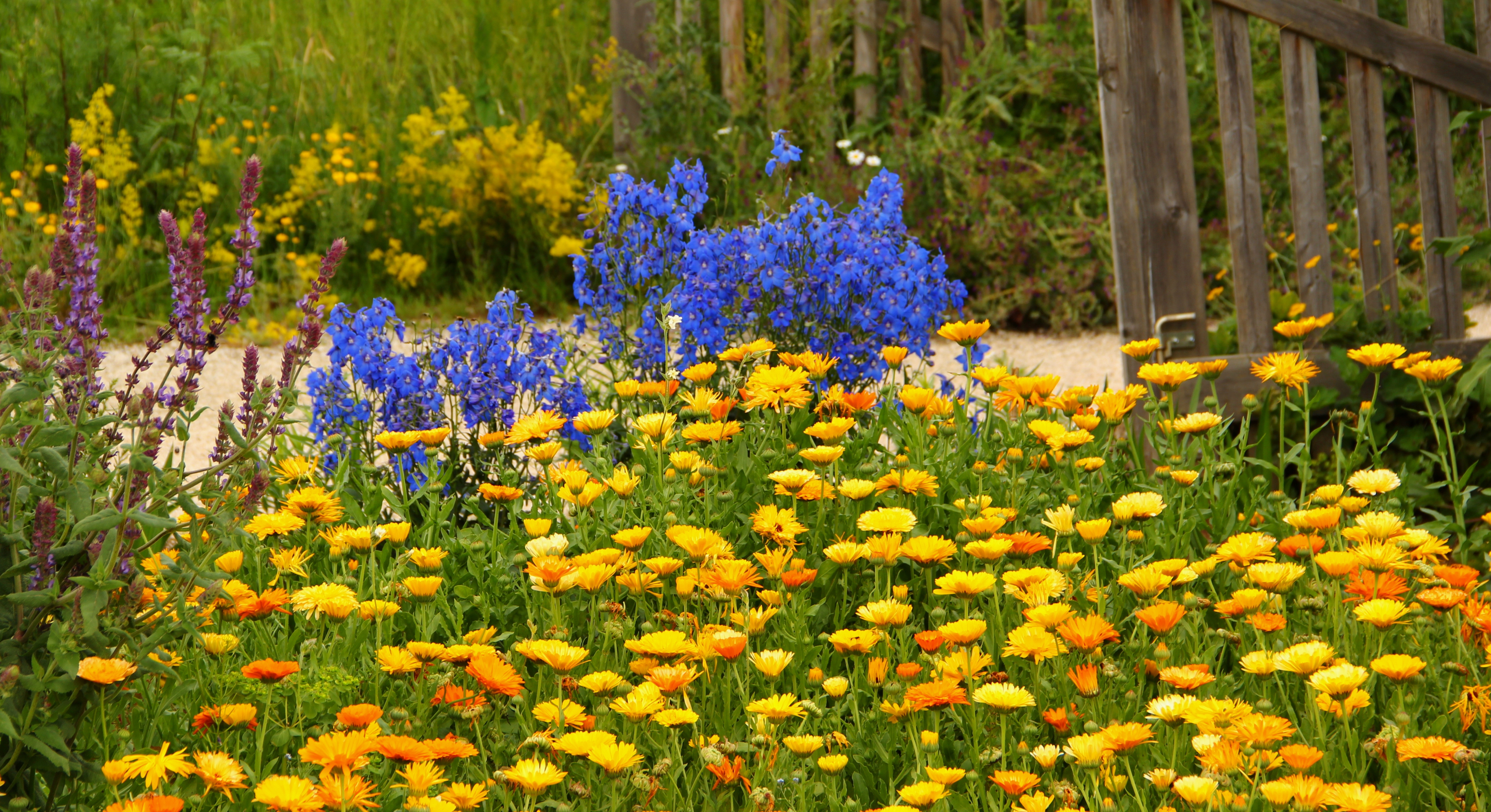
Pondering what flowers to plant in July? Although high summer is not the best time to plant flowers, with some care and attention, it is possible.
Of course, what you plant will depend on the climate and conditions in your region, but there are some general guidelines. Follow these and your yard will bloom until fall frosts arrive.
We asked gardening experts for their suggestions of the types of flowers we can still grow during July if your gardening efforts have been thwarted so far this year, so try these flowers that bloom in summer for some last-minute color.
What flowers can I plant in July?
It's worth noting that whether or not you can still plant many of these flowers in July will depend on the climate where you live. Planting flowers in the extreme sun and heat can cause stress that not all of them will recover from.
'Best practice is to plant when the days are warm and the nights are cool,' says New York-based Kim Eierman, horticulturalist and founder of EcoBeneficial. 'These conditions cause the least stress to plants and encourage the best root development.
'If you really must plant in summer, choose regional native plants, as they are best adapted to your landscape; plant in the evening, when it's cloudy or just before a rainstorm. Water the roots and not the foliage and add organic mulch to retain the moisture.'
These are the ones to try for this time of year.
1. Calendula
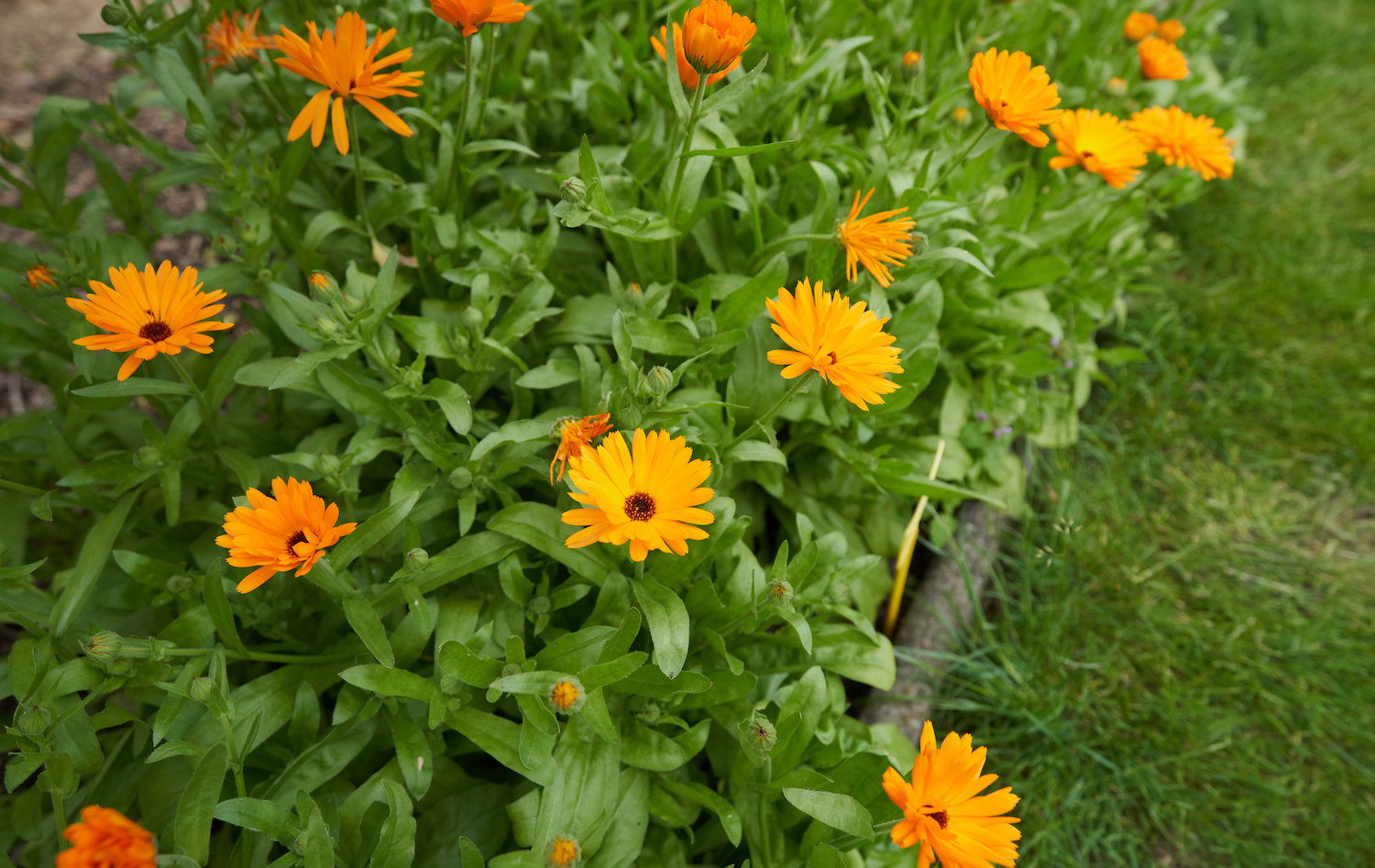
Those based in the northeast can still consider some annuals for extra summer color in your flower beds. They should do well if you intend to plant them in pots with already established flowers too.
'A few quick-growing annuals such as calendula and zinnias can still be sown in the first few days of July for late-summer bloom,' says Kate Copsey, author of Month-by-Month Gardening New York & New Jersey.
'Adding a few extra annuals to a container doesn’t usually increase its maintenance. Look for end-of-season sales at nurseries where you can get some great bargains, and plant them right away,' Kate says. 'If the store-bought plants are stressed from too much sun and too little water, baby them in a shady place for a few days to recover and rehydrate them fully.'
Hardiness zone: 4-10
2. Zinnias
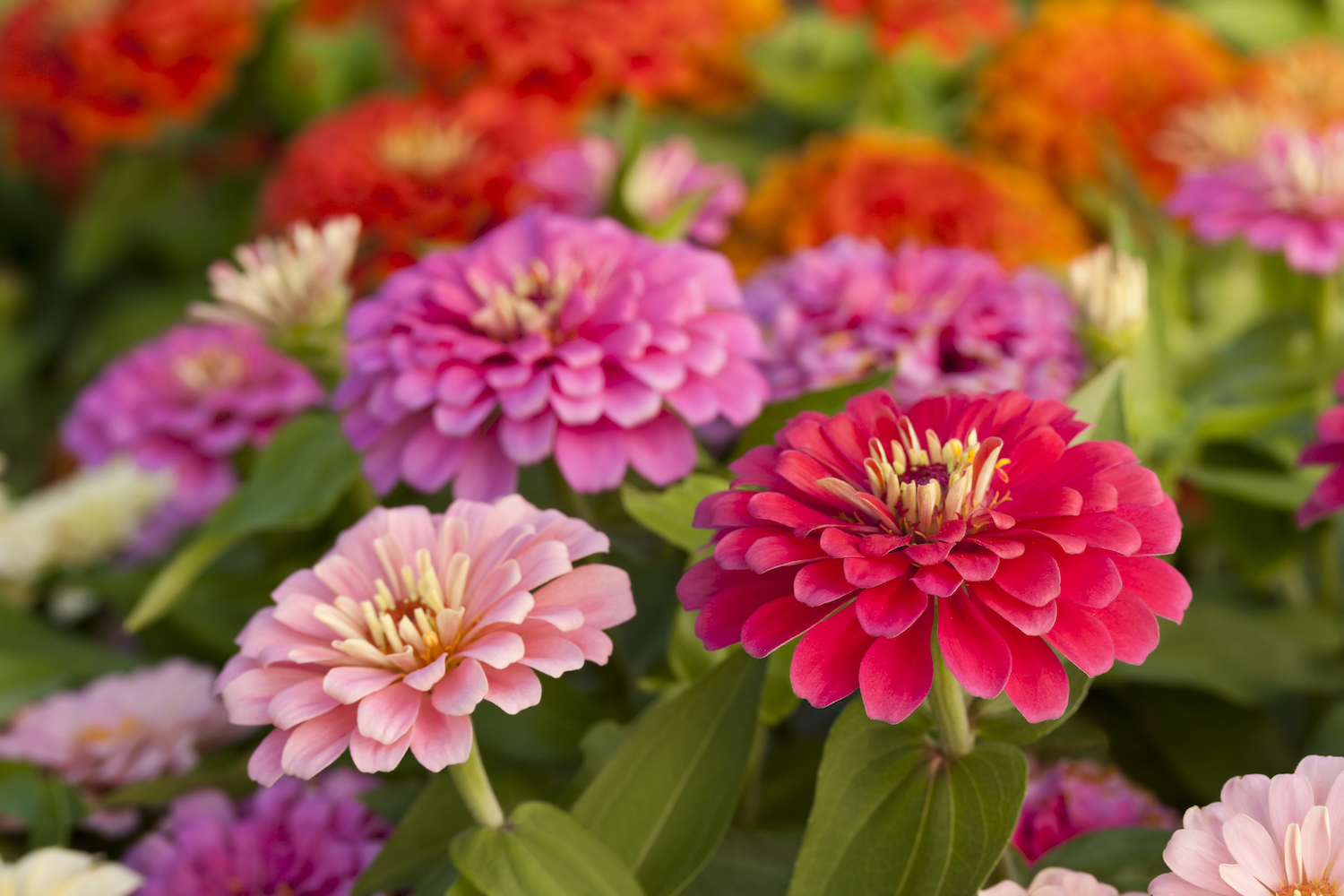
Zinnias are tender annuals native to southern North America. Available in a rich palette from vibrant reds, pinks and oranges to softer greens, whites and yellows, as well as different sizes, due to numerous cultivars, Zinnias are a wonderful summer addition to a bolder garden color scheme. They love sunshine and warmth and prefer well-draining soil.
'These pretty flowers are straight forward to grow and very popular with pollinators,' says Kim Stoddart, gardener and author of The Climate-Change Garden. 'Zinnias are versatile in their placement, fitting in well around other companion and they lend themselves well as pick and come again cut flowers. They come in a range of heights and colors, so there’s bound to be a zinnia to meet your garden’s needs.'
Hardiness zone: 2-11
3. Asters
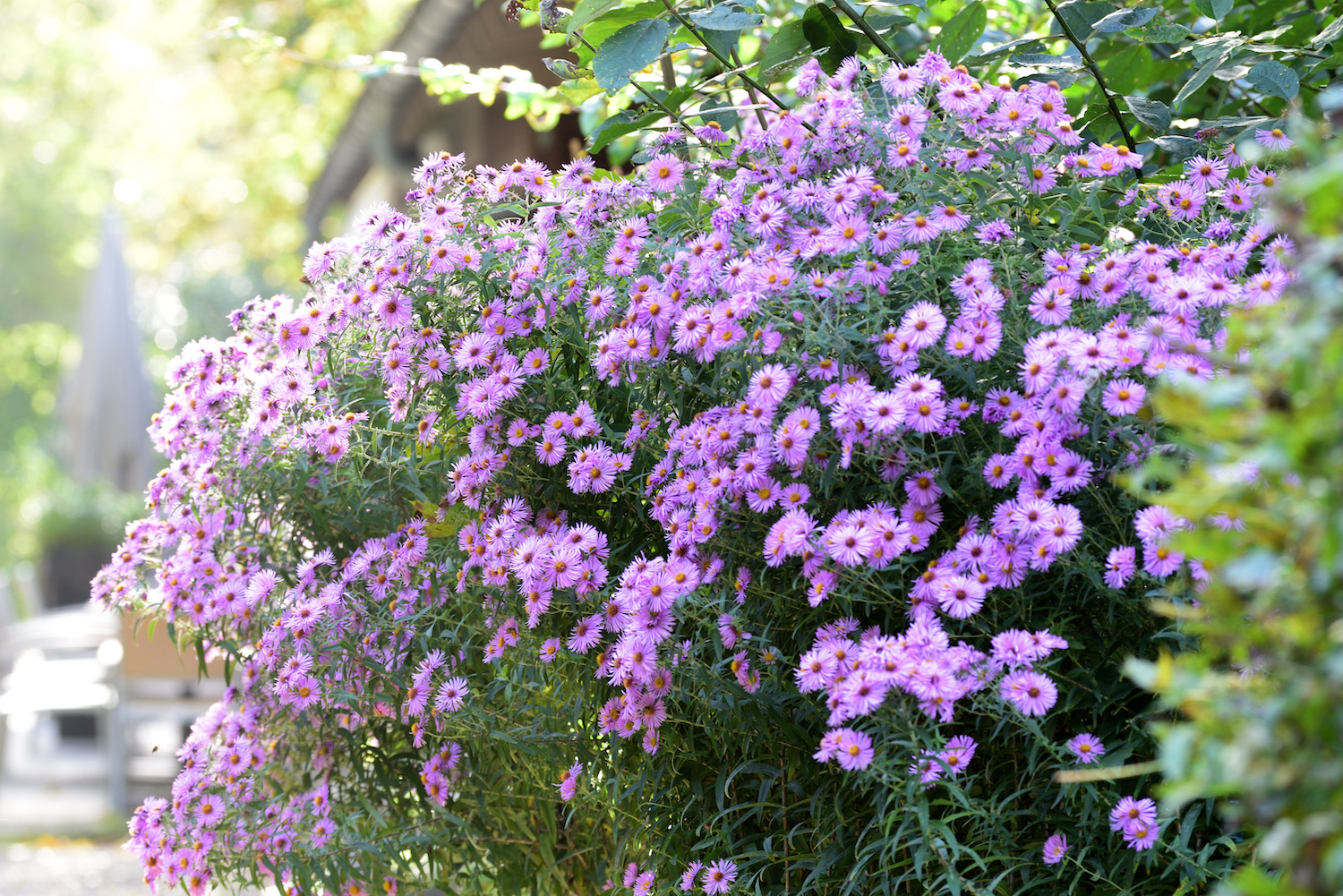
Asters are delicate daisy-like flowers that provide gorgeous displays in late summer and fall. Often available in pinks, blues or whites, there are over 100 Asters native to the US. They're a great plant for attracting butterflies, too. Those such as New England or New York Asters will attract Crescentspot butterflies too. Other types of native Aster are crucial for migrating Monarchs.
According to the experts at ThePlantNative, Asters just need rain to thrive and don't require any fertilization or special care.
'These delightful perennial blooms are very low-maintenance and provide a lovely show of flowers later in the year as others die back and away,' says Kim Stoddart. 'Asters are fast growing and like a mainly sunny location, ideally with well-drained soil. They make good ground cover plants as they like to self-seed and spread so do locate them wisely. They are very easy to grow and come in a lovely range of vibrant colors.'
Hardiness zone: 3-8
4. Lavender
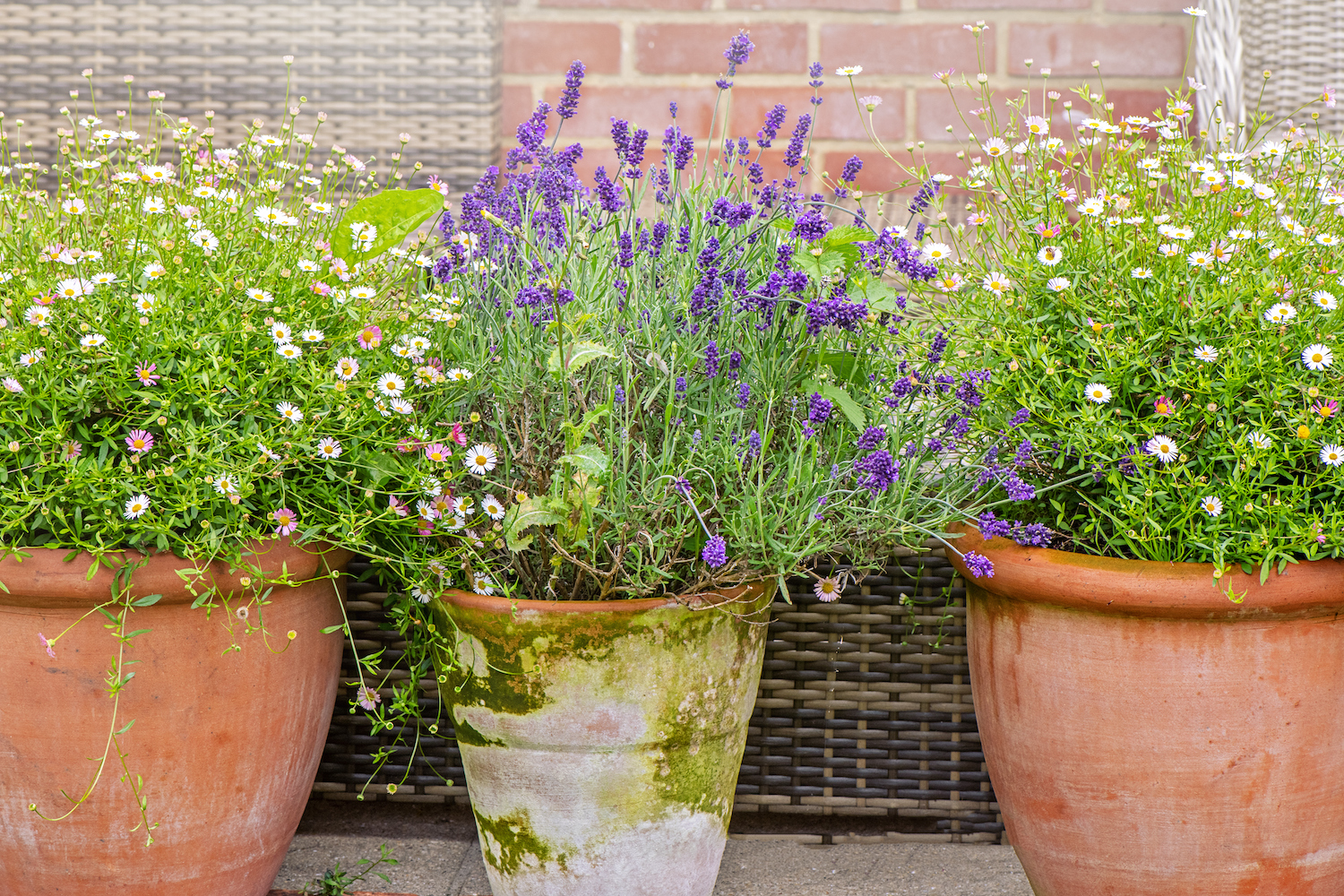
With its soft hues and subtle scent, lavender is a favorable plant for flower beds and borders. Planting lavender in containers and window boxes is also popular.
The fragrant flowers of this drought-tolerant plant will also attract butterflies and other pollinators to your yard.
'I’m a sucker for herbs, always and lavender offers so much for the garden,' says Kim Stoddart. 'The pretty flowers offer a delightful scent which drifts across your garden delighting the senses and promoting wellbeing.
'The plants themselves work well in gaps in and around other planting in well-drained soil, in an ideally sunny spot,' Kim adds. 'I grow lavender in pots and in areas of the garden with good drainage as they don’t like to be in soil that's too wet or too fertile. You can use materials such as grit and gravel to help protect them.'
Hardiness zone: 5-9
5. Marigolds (Tagetes)
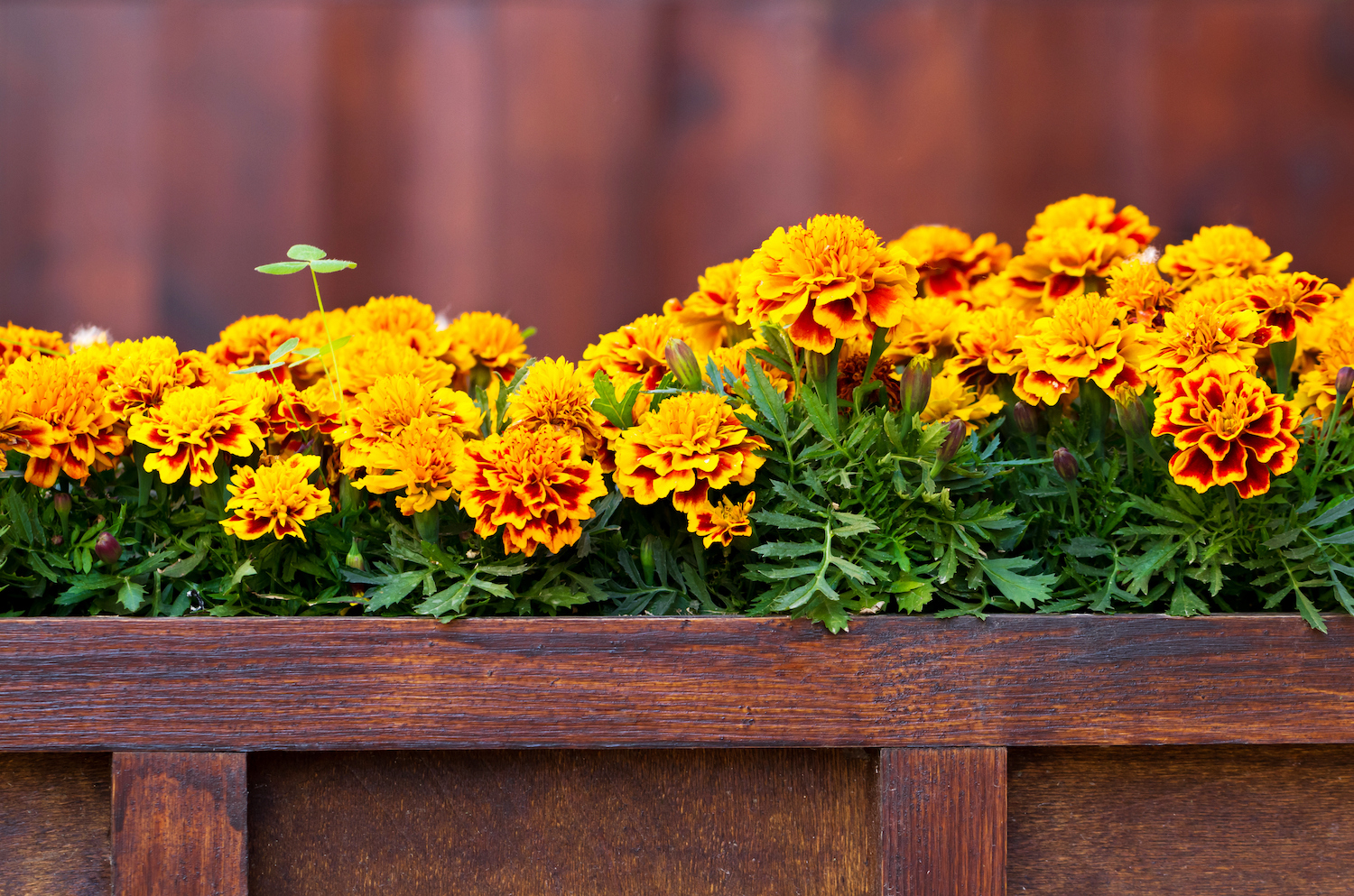
Although popular in vegetable patches for companion planting next to tomatoes and cucumbers (as they naturally repel greenfly and blackfly with their scent), marigolds (aka tagetes) still deserve a place in flower beds and borders, for their vibrant show of golden tones and compact clusters of flower heads.
'Six-packs of common annuals such as marigolds are still for sale in July and are great for filling in those extra little gaps from spring-blooming flowers or to fill out a container with some summer color,' says Kate Copsey.
Hardiness zone: 2-11
Should you plant flowers in hot weather?
'With our changeable weather, planting out in July means adapting to the conditions at hand,' says garden expert and author, Kim Stoddart. 'If it becomes really hot then it’s important to plant out carefully during cooler conditions and to ensure plants have sufficient liquid refreshment.
'Filling any holes dug for planting out with water to ensure a thorough below ground soaking is key. Also consider adding a mulch around the plant once watered to enable it to lock moisture in for longer. If it gets really hot then some shade netting might also be advisable.'
'For much of the U.S, the best time to plant flowers is mid to late spring, very early summer, and early fall,' says horticulturalist, Kim Eierman. 'In hotter climates like the Southeast, the West and Southwest, it's probably best planting in the winter.
'Make sure to plant at least six weeks before hard frost, where those conditions occur. For areas with four distinct seasons, try to wait until early fall. Also, if your area is experiencing a drought, wait until fall.
'If you are going on vacation and you don’t have someone to water, just don’t plant in the summer.'







